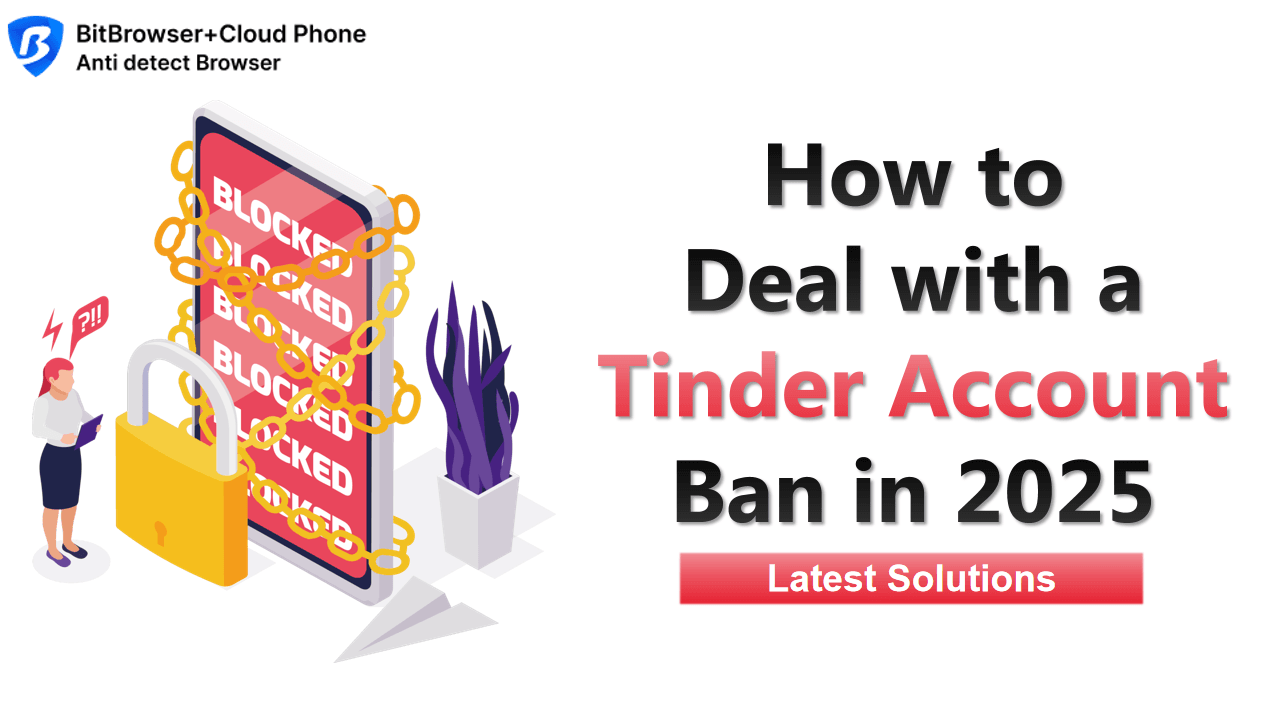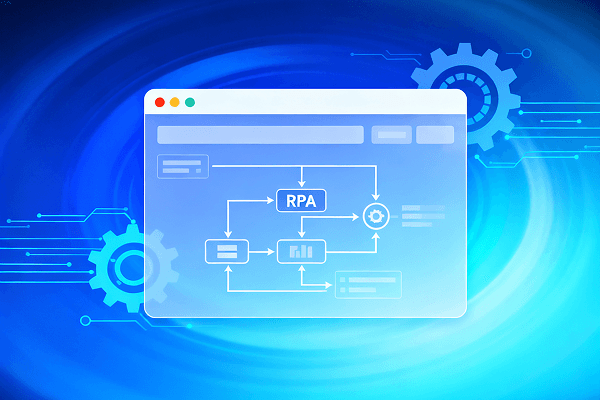
Hot Picks
How to run Facebook ads in 2025? Ideas

Hot Picks
How to promote on Amazon? Sharing various promotion methods

Hot Picks
Choose BitBrowser for fingerprint browsers, and look for the only official website: bitbrowser.cn
How to calculate Facebook advertising investment cost? Answer in one article (including optimization plan)
Time: 2024-07-27 10:34 Click:
Facebook is one of the largest advertising platforms in the world and an integral part of corporate advertising strategies. However, the cost of advertising on Facebook can vary greatly depending on a variety of factors, including your target audience, competition, and geography. I believe you already know how to start Facebook advertising marketing in the previous article (What is Facebook advertising? How to conduct effective Facebook advertising marketing?). This article will detail the cost of running Facebook ads and how to optimize them for maximum effect.
How to calculate Facebook advertising investment cost?
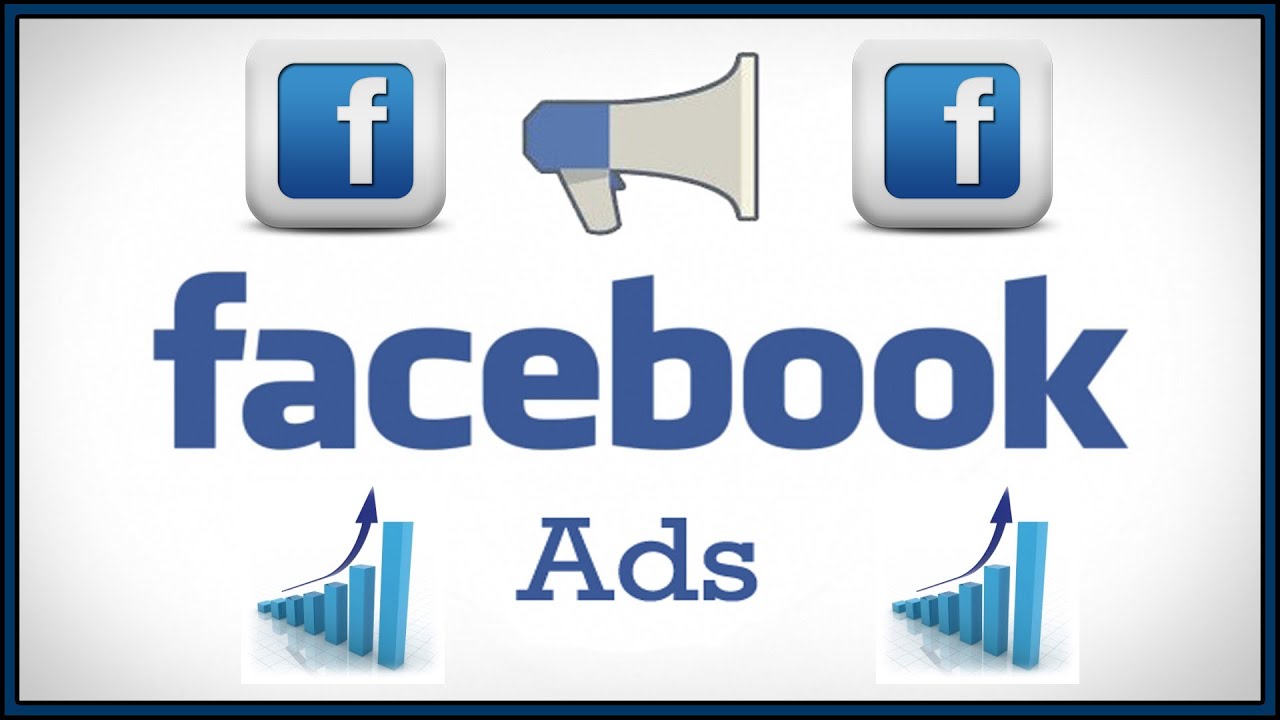
Many people wonder how much it costs to advertise on Facebook. In fact, there is no definite answer to this question because the cost of advertising is not fixed. This depends on your advertising budget, advertising goals, audience targeting, competitors, and many other factors.
Assuming you plan to advertise for $100,000 over 5 days, your daily advertising costs will be approximately $20,000. Facebook will serve ads based on your advertising budget. If your ad gets more impressions and interactions today, your ad costs are likely to be higher; if your ad gets fewer impressions and interactions today, your ad costs are likely to be lower. The cost of Facebook ads will be limited to $100,000 in use over a five-day period.
Although the cost of advertising is not fixed, the minimum advertising cost on Facebook is $1 per day. For a lifetime advertising budget, you need to set at least $30. If your advertising budget is lower than this amount, your ads will not be able to run.
Facebook advertising prices by industry in 2023:
Currently, the number of people interested in Facebook advertising is very high because the need to promote and sell on this social network is increasing. Therefore, advertising costs also vary from year to year. Facebook doesn't have industry-specific offers. Here are the latest CPC price statistics by industry:
- CPC price for apparel industry: $0.45
- CPC price in the automotive industry: $2.22
- CPC price in the beauty industry: $1.81
-CPC education price: $1.06
-Finance-Insurance CPC price: $3.77
-Real estate CPC price: $1.81
-The CPC price for the healthcare industry is $1.32
-The CPC price for the fitness and gym industry is approximately $1.90
-Legal CPC price: $1.32
-The CPC price for technical services is US$2.14
You can refer to the following table:
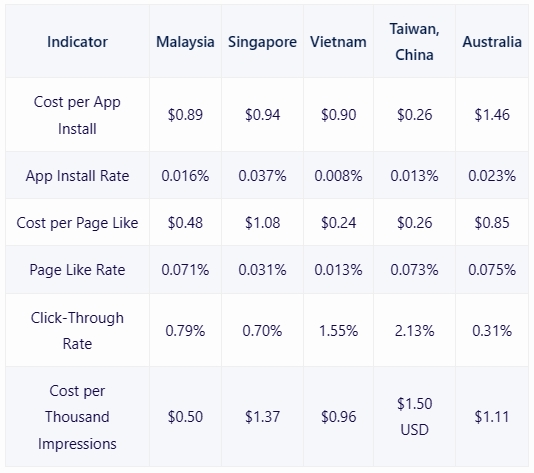
How much does it cost to run Facebook ads?
Currently, there are 5 basic types of Facebook advertising costs you need to know. Right now:
1. Cost per click (CPC)
CPC refers to the cost per click, which is the fee paid by the user when the advertisement is clicked once.
2. Cost per thousand impressions (CPM)
CPM refers to the cost per thousand impressions, which is the cost that needs to be paid if the advertisement is displayed a thousand times.
3. Cost per view (CPV)
CPV refers to the cost per view, which is the cost that a user needs to pay when a video ad is viewed once.
4. Cost per action (CPA)
CPA refers to the cost per operation, that is, the fee that a user needs to pay when performing a specific operation in an advertisement (such as registration, download, etc.).
5. Cost per like (CPL)
CPL refers to the cost per like, which is the fee that needs to be paid once the advertisement is liked by the user.
Factors that affect Facebook advertising costs:
The cost of running Facebook ads is also affected by many factors. Facebook uses a different algorithm to calculate prices. Therefore, to estimate advertising budget, advertisers need to understand these factors. Specifically, they will be:
l Advertising audience: Advertisers can target ads based on the age, gender, interests, geographical location and other factors of the audience. Different audience groups have different responses and values to advertising, so advertisers need to choose the right audience group to improve the effectiveness and return of advertising.
l Advertising budget: Advertisers need to develop advertising plans based on their own marketing goals and budget. The higher the advertising budget, the higher the impressions and clicks on the ad may be, but it will also bring higher costs. Therefore, advertisers need to find a balance between budget and performance.
l Bidding amount: Advertisers can increase the ranking and exposure of their ads through bidding. The higher the bid amount, the higher the ad's ranking and exposure may be, but it will also bring higher costs. Therefore, advertisers need to decide the bidding amount based on their own budget and performance.
l Advertising objectives: Advertisers can choose different advertising types according to their own marketing objectives, such as brand promotion, sales conversion, user registration, etc. Different advertising types have different advertising effects and returns, so advertisers need to choose the appropriate advertising type to improve advertising effects and returns.
l Competitors: On Facebook, competition among advertisers is fierce. If there are many competitors running similar ads, the cost of advertising may be higher. Therefore, advertisers need to understand their competitors and develop more competitive advertising strategies.
When conducting Facebook advertising marketing, there is a general plan for checking competitors' marketing strategies. Visit BitBrowser's article to learn: Facebook advertising library quickly obtains advertising materials that your competitors are using.
l Ad placement: Facebook provides a variety of different ad placements, such as news feeds, the right side of the page, search results, etc. Different placements have different effects and returns on advertising, so advertisers need to choose appropriate placements to improve the effectiveness and returns of their ads.
l Ad quality: Facebook will evaluate the value of ads based on the quality and relevance of the ads. Ads may cost less if they are of higher quality and relevant. Therefore, advertisers need to create high-quality, attractive ads to improve advertising effectiveness and returns.
l Delivery time: Advertisers can choose to deliver ads during different time periods, such as working days, weekends, holidays, etc. Different time periods have different advertising effects and returns, so advertisers need to choose the appropriate delivery time to improve advertising effects and returns.
l Advertising categories: Facebook provides a variety of different advertising categories, such as image ads, video ads, carousel ads, etc. Different advertising categories have different advertising effects and returns, so advertisers need to choose appropriate advertising categories to improve advertising effects and returns.
How to charge for Facebook ads:
To calculate how much it costs to advertise, you can do this in a few ways:
- Advertiser-based campaign reporting: With this, you can see exactly how much each campaign is paying you every day, every month. In addition, Facebook sends expense budget reports via email at the end of each month.
-Based on fixed costs: As mentioned above, for different forms, different regions and industries will have different bids. In addition to industry and goals, Facebook will also have its own calculations.
7 ways to help optimize your advertising costs:
As with any form of advertising, when we understand and know the techniques, we can optimize costs in a better way. Here are some considerations for optimizing costs for your reference:
① Choose the right campaign goal, because choosing the wrong goal can increase costs by up to 4,238%.
②Select the target audience: Select the appropriate audience and customer needs in detail, but the price will be higher. Choosing a broad audience is more expensive but doesn’t convert as well. Therefore, we should target a specific customer base and maintain a scale of 500,000 or more.
③ Set a bid limit: Facebook will not show to users who set the cost higher than yours. Therefore, the best bid is about 60% of the recommended Facebook bid.
④Video advertising can reduce costs and expand coverage.
⑤ Optimize the image content and improve its quality. Be careful not to put a lot of text on the photo, the price will be very high.
⑥Try at least 2 ad groups with different adjustments to see the difference.
⑦ Optimize advertising effects through multiple accounts:
Using multiple accounts for Facebook advertising marketing can both reduce costs and increase advertising market coverage, but it also brings about a series of complex problems, one of the most common of which is account closure. Social media platforms such as Facebook have strict algorithms to detect and block potential abuse. If multiple accounts are logged in from the same device or IP address, or if there are unusual patterns of behavior, these accounts are likely to be considered a violation by Facebook and may result in a temporary or permanent ban. This requires cross-border e-commerce merchants to carefully manage each of their accounts while pursuing marketing effects to ensure that every operation complies with Facebook's rules.
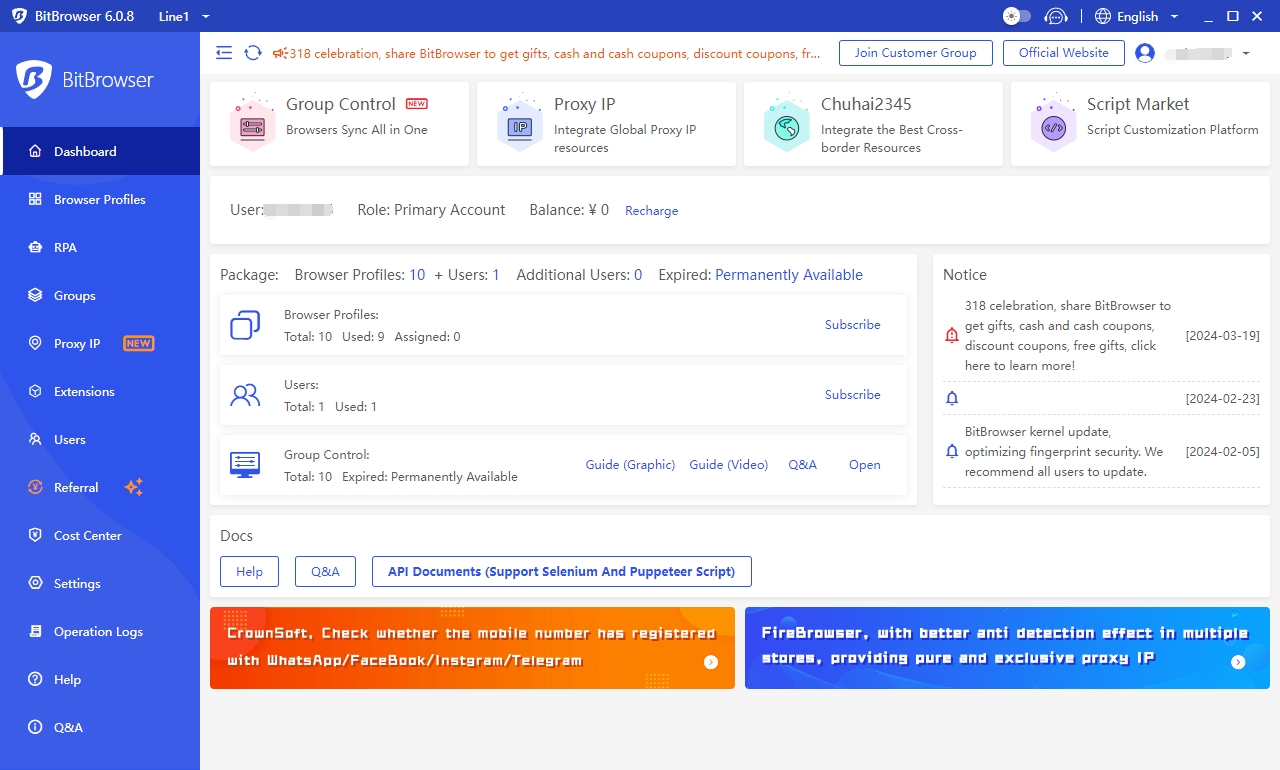
In this context, BitBrowser came into being. It is a multi-account management tool designed specifically for cross-border e-commerce. One of its key features is that it can create an independent browser environment for each account to avoid data collusion between accounts. This means that each account has its own cookies, language, resolution and other browser fingerprint information, just like operating on different computers. This isolation prevents platforms from identifying through tracking technology that the same user is managing multiple accounts, reducing bans caused by connections between accounts.
BitBrowser also supports the configuration management function of the proxy network, allowing each account to operate under a different IP address, further reducing the correlation between accounts. This approach provides cross-border e-commerce merchants with a safe and efficient way to manage their Facebook accounts.
in conclusion:
The above are all the fees you pay for advertising on Facebook, but this is not a fixed amount. If you have good content when advertising, the cost will be much cheaper. If you want to achieve better Facebook advertising effects, in addition to good For content, multiple advertising accounts are also a good strategy. Download BitBrowser now and be a step ahead in Facebook advertising and marketing. The above is an article about how much it costs to run Facebook ads. I hope it will be helpful to you!

 Multi-Account Management
Multi-Account Management Prevent Account Association
Prevent Account Association Multi-Employee Management
Multi-Employee Management


